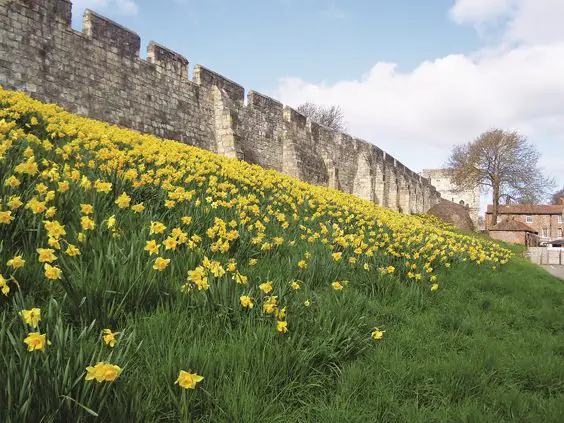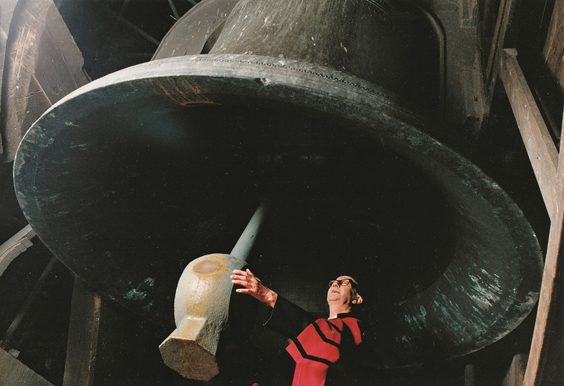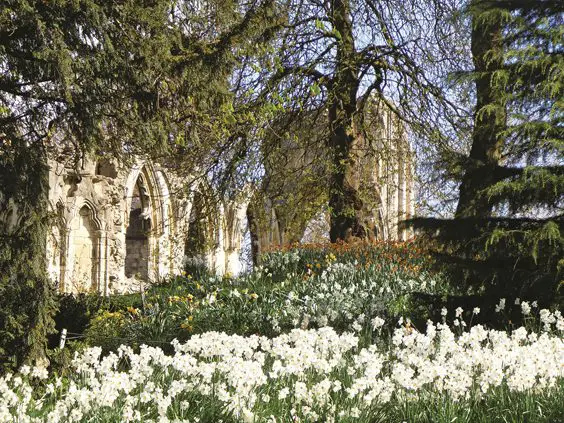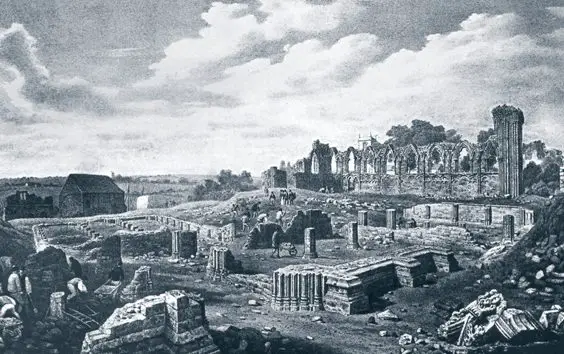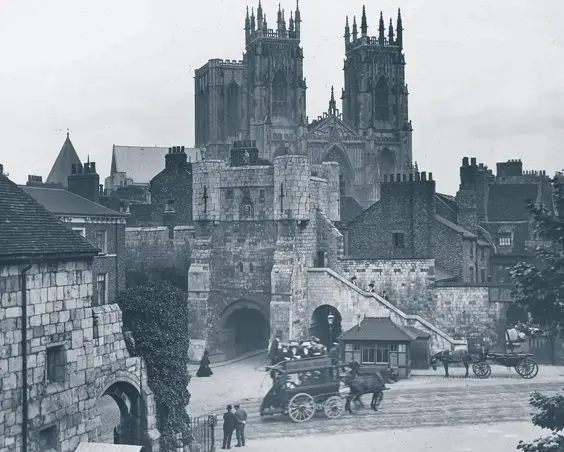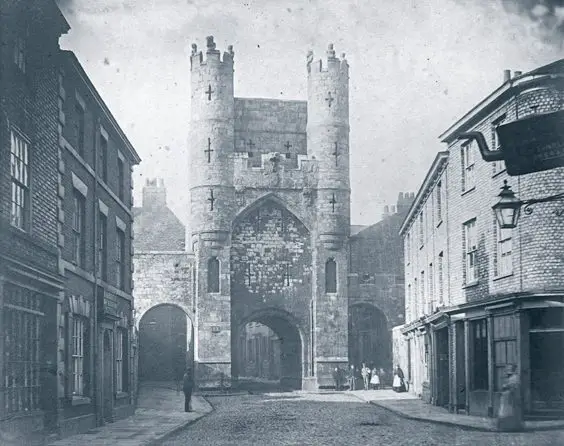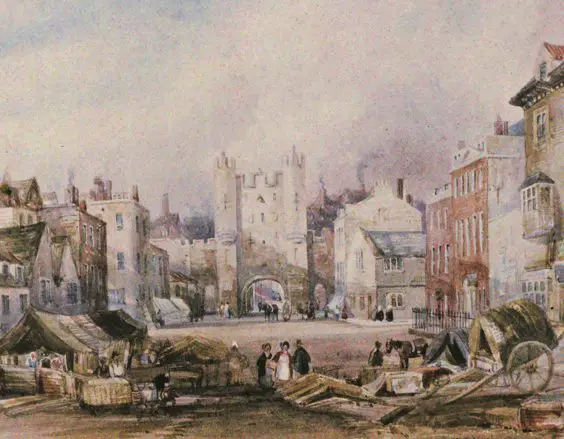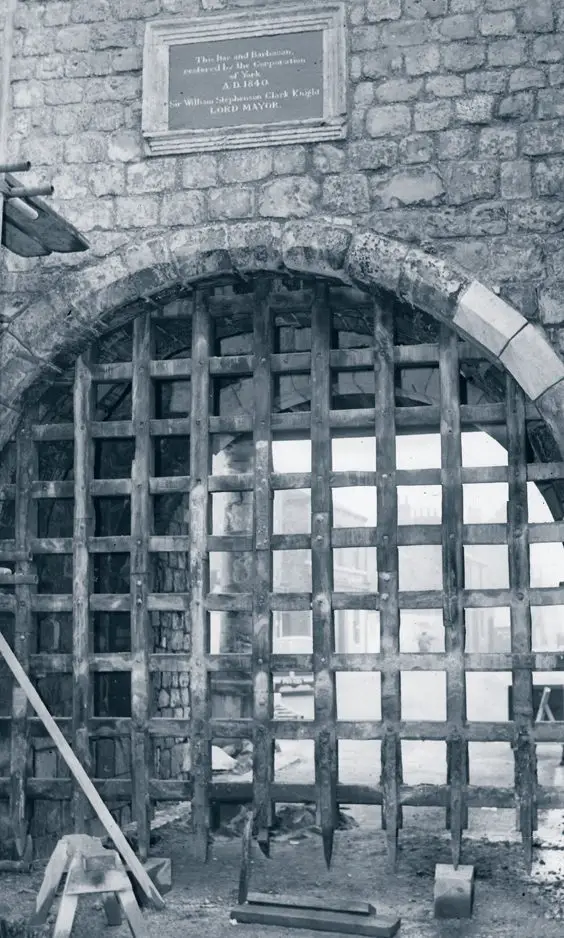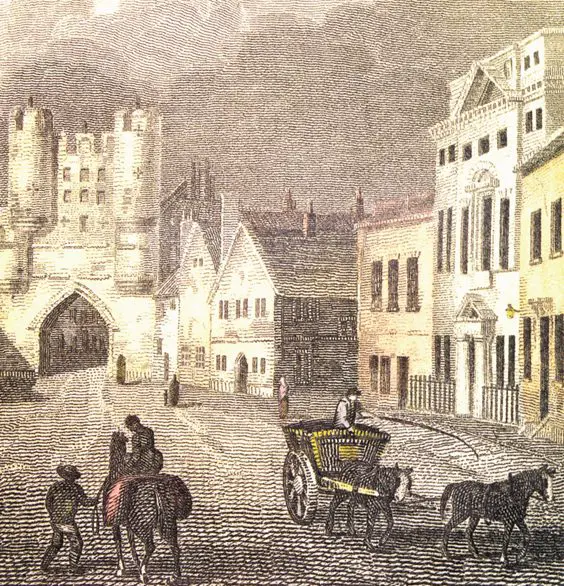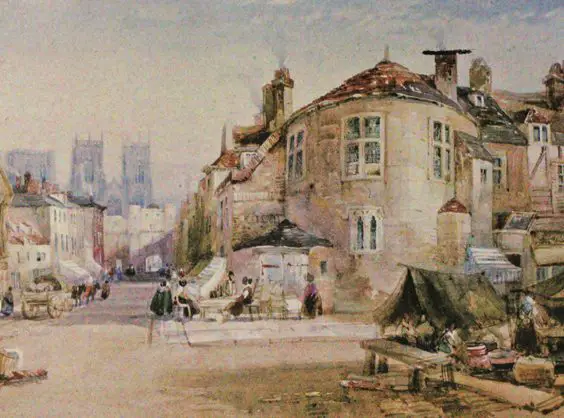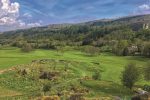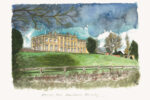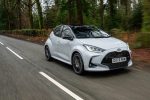York History Tour
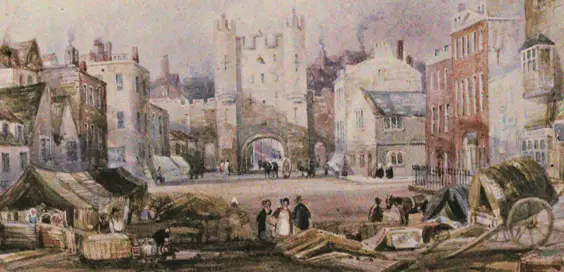
The ancient city of York has changed much during the course of the nineteenth and twentieth centuries. In York History Tour, local author and historian Paul Chrystal guides readers through its streets and alleyways (known locally as snickelways), pointing out the well-known and lesser-known landmarks along the way. It is practical, fitting as it does into your bag or pocket, and has a map to guide you effortlessly around the city’s many treasures.
Here’s a snapshot of some of the historical treasures inside, to help you on your way…
The City Walls
The walls were built in the thirteenth and fourteenth centuries on a rampart dating from the ninth and eleventh centuries. They survive for the best part of their 2-mile-plus length, as do the four Bars and thirty-seven internal towers. Four of the six posterns and nine other towers are lost or have been rebuilt. The walls, for the most part, are 6 feet wide and 13 feet high. They were breached in two places in the 1840s to allow access to York’s second railway station and to a goods depot known as the Sack Warehouse.
Great Peter
The 10.8-ton bell known as Great Peter arrived back at a York Minster in 1914 after restoration – ten horses were required to pull the cart. The bell was originally cast by John Taylor & Co. of Loughborough in 1840 and is Britain’s second biggest bell after Great Paul, which hangs in St Paul’s Cathedral – Taylor’s cast this too. Great Peter is the heaviest of the Minster’s ring of twelve bells, but despite its weight can be swung and rung by one person. It is the deepest-toned bell in Europe. Taylor’s was established in 1784 and still trades today. The bells were restored and returned here in March 1914 by John Warner & Sons Ltd from their Spitalfields bell foundry. The Minster can boast thirty-five bells in total. The north-west tower contains Great Peter and six clock bells (the largest weighing 3 tons). The south-west tower houses fourteen bells, which are hung and rung for change ringing, and twenty-two carillon bells, which are played from a baton keyboard in the ringing chamber. (Courtesy of York Press)
St Mary’s Abbey
One of the richest abbeys in the country, the Benedictines completed it in 1088 only to have Henry VIII ruin it. The surrounding walls (originally three-quarters of a mile long) were built after the townsfolk’s attacks on the abbey when one of the clerics – Simon de Warwick – imposed taxes on the market along Bootham, outside the city walls. In 1132, Richard, the prior, and thirteen monks demanded a return to a traditionally simpler life, which also involved giving away much of the abbey’s money. After a near riot, the rebels left York to found the much stricter Cistercian Fountains Abbey. The life-sized stone saints and prophets painted in gold and other colours that adorned the west front of St Mary’s Abbey Church are now in the Yorkshire Museum. They included Moses adorned with horns, which was typical of the medieval period due to a mistranslation of the Hebrew Bible into the Latin Vulgate Bible. The Hebrew word taken from Exodus can mean either a ‘horn’ or an ‘irradiation’ and in this case should be the latter. The most famous horned Moses is Michelangelo’s statue in the Church of San Pietro in Vincoli, Rome.
Museum Gardens
The abbey can be seen in ruins in the background with the hospitium to the left. (Courtesy of Yorkshire Architectural and York Archaeological Society)
Bootham Bar
Bootham Bar stands on the north-western gateway of the Roman fortress and was originally called Galmanlith. The name ‘Buthum’ means ‘at the booths’, which is indicative of the markets that used to be held here. A door knocker was added to the Bar in 1501 for the use of Scotsmen (and others presumably) seeking admission to the city. The barbican came down in 1831 and the wall steps went up in 1889. A statue of Ebrauk, the pre-Roman founder of York, once stood nearby. Thomas Mowbray’s severed head was stuck here in 1405 and the Earl of Manchester bombarded the Bar in 1644 during the Civil War. The removal of the barbican in 1831 was due, in part, to complaints by residents of Clifton, with some saying it was ‘not fit for any female of respectability to pass through’ on account of the animals’ droppings found en route to the cattle market and its use as a urinal by pedestrians. The three statues on the top were carved in 1894 and feature a medieval mayor, a mason and a knight; the mason is holding a model of the restored Bar. (Courtesy of Yorkshire Architectural and York Archaeological Society)
Monk Bar
Built around 1330, Monk Bar was originally called Monkgate Bar and at 63 feet it is the tallest of York’s Bars. Designed as a self-contained fortress, assailants had to cross each floor to reach the next flight of stairs, thus exposing themselves to defensive fire. A perfect fortress, the Bar features loopholes (for bows and arrows), gun ports and murder holes (from which heavy objects and boiling water might be dropped). The coat of arms is Plantagenet. The Bar was used as a prison in the sixteenth century for recusant Catholics and others too; for example, in 1588 Robert Walls was imprisoned for ‘drawing blood in a fray’. The barbican was removed in the early 1800s. To rent the rooms at the top, one Thomas Pak (Master Mason at the Minster) paid 4s per annum. (Courtesy of Yorkshire Architectural and York Archaeological Society)
Micklegate Bar
Micklegate Bar was originally called Mickleith, which means ‘great gate’. The royal arms are those of Edward III, the arch is Norman and the rest is from the fourteenth century, though the side arch was added in 1753. Being on the road to and from London, this was the Bar through which royal visitors entered York – Edward IV, Richard III, Henry VII, Margaret Tudor, James I, Charles I (on three occasions during the Civil War) and James II all passed through. Henry VIII was scheduled to enter here but in the event came in through Walmgate Bar.
Heads and quarters of traitors were routinely displayed on the top, most famously Lord Scrope of Mastan in 1415; Sir Henry Percy (Hotspur) after his part in the rebellion against Elizabeth I; Richard Duke of York after the Battle of Wakefield in 1460, prompting Shakespeare to write ‘Off with his head and set it on York’s gates; so York did overlook the town of York’ (Queen Margaret in Henry VI); and Thomas Percy in 1569 – his head remained there for two years. Removal of heads without permission was, not inappropriately, punishable by beheading – guess where the heads ended up. The last displays were in 1746 after the Jacobite Rebellion at Culloden. The heads of James Mayne and William Connelly remained on the Bar until 1754. The barbican was removed in 1826 to allow a circus access to the city and the east side arch was built in 1827. (Courtesy of Yorkshire Architectural and York Archaeological Society)
Walmgate
Originally known as Walbesgate, this is the only York Bar with its barbican intact – thanks largely to William Etty RA who campaigned tirelessly for its preservation. In 1489 it was set on fire by rebels and then bombarded in the Civil War. The inner façade is sixteenth century and still retains its Doric and Ionic columns. (Courtesy of York Press)
The Bar Covenant
St Thomas’s Hospital can be seen on the right over the road and the Bar Convent is on the right on this side of the road. The Bar Convent is the oldest lived-in convent in England. It was established as a school for Catholic girls in 1686 by Frances Bedingfield, an early member of Mary Ward’s Institute, in response to Sir Thomas Gascoigne’s demand: ‘We must have a school for our daughters.’ Although still a working convent it is open to the public and is a wonderful museum.
Marygate Tower
Located on the corner of Bootham and Marygate, Marygate Tower was built around 1325. It was used to store monastery records after the dissolution in 1539. During the Civil War in 1644, however, the Earl of Manchester blew it up with a mine at the Battle of the Bowling Green. The documents that managed to survive the explosion were salvaged by Richard Dodsworth and are now in the Minster Library. The tower was rebuilt in 1952 and became the headquarters of the York Arts Society, housing a studio and library. (Courtesy of Yorkshire Architectural and York Archaeological Society)
‘York History Tour’ by Paul Chrystal is published by Amberley Publishing, £7.99 paperback, ISBN: 9781445681658
